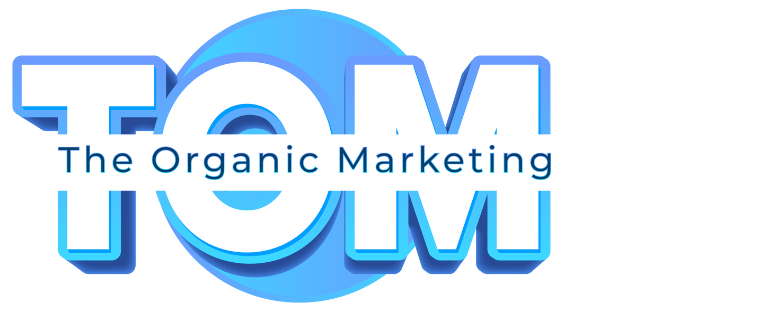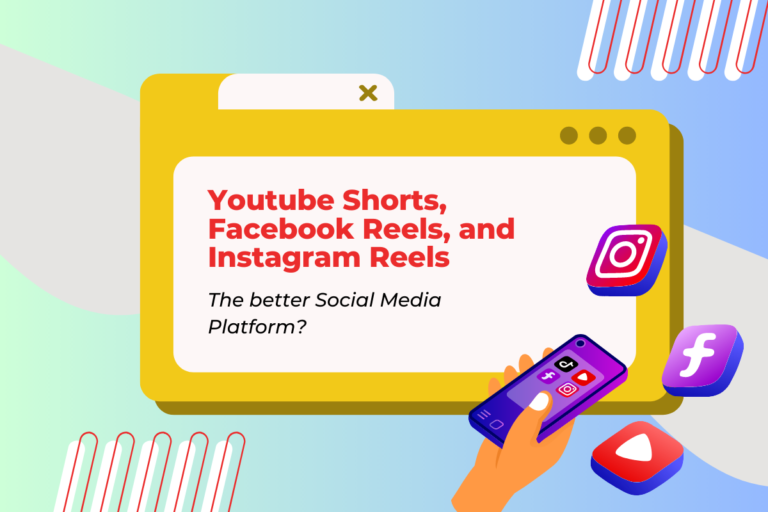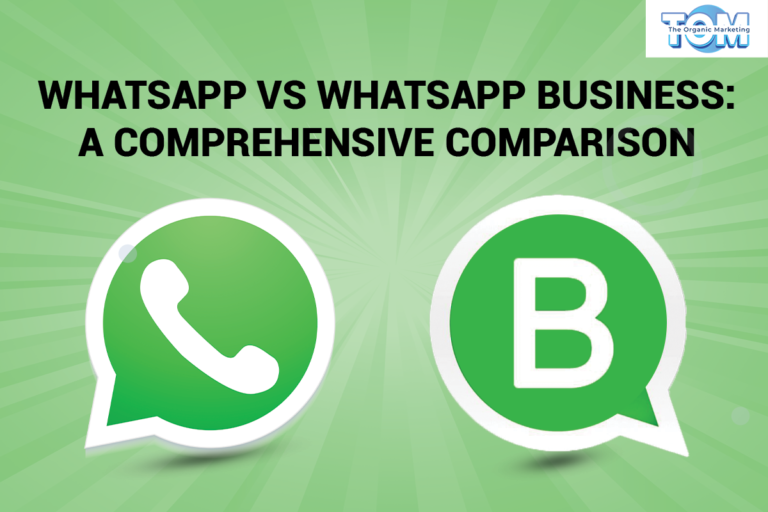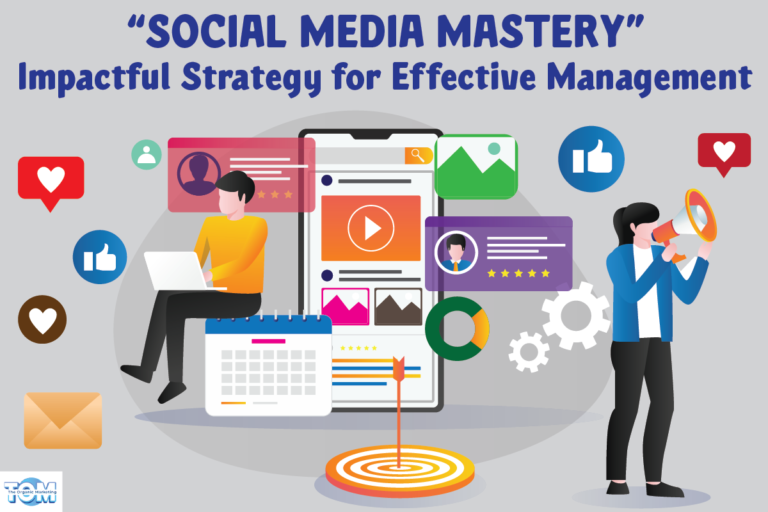Organic vs Paid Traffic: Understanding the Distinction
The global web world is a dynamic terrain where websites and information compete for consumers’ attention. The flow of users visiting websites or online material is referred to as traffic. This traffic is produced mostly via paid and organic techniques, respectively. Each technique has unique qualities, benefits, and drawbacks. Understanding the distinctions and advantages of these techniques will help you succeed in the digital sphere because they are so important for increasing audience engagement.
What is Organic Traffic?
The most important element of online advertising is organic traffic. It consists of visitors who come to a website naturally, mainly by using search engines like Google. Due to its relevancy and high-quality content, a website will frequently score well in search engine results pages (SERPs) when this discovery occurs. Since organic traffic is free, it is a desirable choice for companies and people trying to establish a long-term internet presence.
What is Paid Traffic?
Through marketing initiatives, paid traffic is generated. Websites pay ad networks or other platforms, such as Google Ads, Facebook Ads, or others, to prominently show their content to users. These advertisements could show up on different websites, social media feeds, or search engine results pages. Paid traffic costs money but gives you immediate visibility and control over who views your content.
Difference between Paid Traffic and Organic Traffic
- Source: The quality and relevancy of a website’s content affect organic traffic, which rises in search results. On the other side, paid traffic is produced by marketing initiatives, with websites paying platforms like Google Ads to prominently promote their content.
- Cost: Organic traffic is free but necessitates the creation of strong internet presences, SEO-optimized content, and other factors. Paid traffic has upfront expenses and can be costly, particularly for keywords or areas that are extremely competitive, necessitating budgetary planning.
- User Intent: As consumers look for appropriate content proactively, organic traffic results in increased intent. Higher conversion rates result from more engagement and increased time spent on the page. On the other side, paid traffic may have varied levels of purpose, with some users being more dedicated to actions, leading to lower conversion rates.
- Sustainability: Organic traffic is a long-term, sustainable approach for websites that requires persistent internet presence and quality content. Visibility must be built over time, and competition is severe. Paid traffic is less reliable and better suited for supplemental or short-term marketing aims.
Benefits of Organic Traffic
- Cost-Effective: It doesn’t require ongoing payments for ads, making it cost-effective in the long run.
- Trust and Credibility: Users tend to trust organic search results more than paid ads, as they see them as unbiased recommendations by search engines.
- Sustainable: Once a website ranks well in organic search results, it can continue to attract traffic without constant ad spending.
Benefits of Paid Traffic
- Immediate Results: You can generate traffic almost instantly through paid advertising campaigns.
- Targeted Audiences: Paid ads allow precise targeting based on demographics, interests, and behaviors, increasing the chances of reaching the right audience.
- Control: Advertisers have control over ad placement, budget, and timing, allowing for flexibility and optimization.
How to Increase Organic and Paid Traffic?
Organic Traffic
- Quality Content Creation: Develop valuable, keyword-rich content that resonates with your target audience, keeping them engaged and reducing bounce rates. Perform thorough keyword research to guide your content creation efforts.
- On-Page SEO Optimization: Craft compelling title tags, meta descriptions, and headers that incorporate target keywords. Optimize images and ensure mobile responsiveness for better user experience.
- Website Speed and Mobile Optimization: Improve loading speed for desktop and mobile devices to enhance user experience and search rankings.
- Backlink Building: Build backlinks from authoritative sources through guest blogging and content promotion on social media and online communities.
- Regular Content Updates: Keep your content fresh and relevant to maintain search engine favoritism.
- Technical SEO: Address technical issues like broken links and duplicate content to ensure search engines can crawl your website effectively.
Paid Traffic
- Targeted Ad Campaigns: Select the right advertising platforms for your audience, considering Google Ads for search-based ads and social media platforms like Facebook and LinkedIn for social campaigns.
- Ads with Excellent Creatives: Create advertisements that are aesthetically appealing and have CTAs that are compelling and consistent with your brand and message.
- Budget and Bid Optimization: Allocate your budget strategically across platforms and ad groups. Optimize bids based on performance metrics like CTR and conversion rate.
- Ad Testing and Optimization: Continuously A/B test different ad variations to refine your campaigns. Conduct keyword research to optimize ad targeting and reach.
Using Paid and Organic Search Together for Better Marketing
The most effective digital marketing strategies frequently incorporate organic and paid traffic. You can create a thorough marketing strategy by utilizing each one’s advantages. Utilize sponsored traffic to get exposure and results right away as you gradually increase your organic presence. Paid traffic may also be used to find content and keywords with high conversion rates that can guide your organic SEO approach. You may create a balanced and long-lasting flow of visitors to your website by combining these strategies.
Whether you’re a company owner, content producer, or just someone trying to leave their imprint on the web, knowing the subtleties of each and how to maximize them will help you navigate the digital world and accomplish your online goals. Paid and organic traffic are two essential components that support online success in the world of digital marketing.
For more information on organic and paid traffic, or if you are looking for an expert on blending both to boost the growth of your business/brand, The Organic Marketing is here to assist you.




